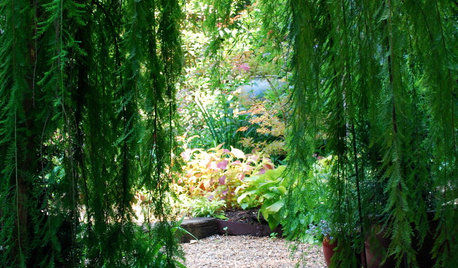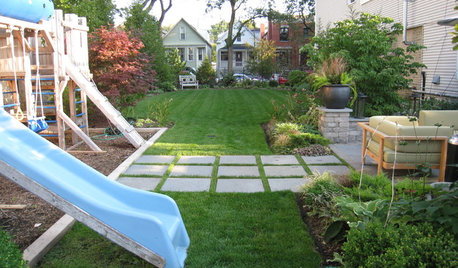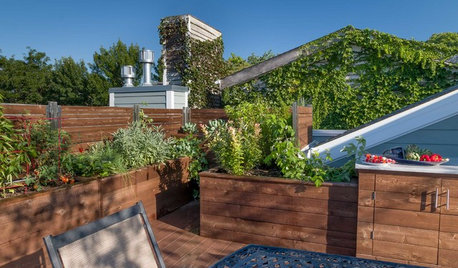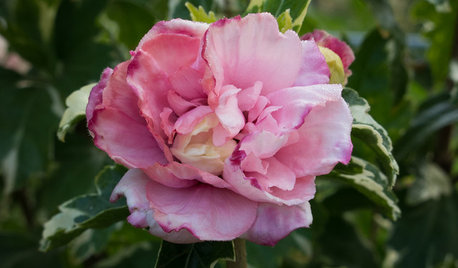My first lawn :) Tips? Hints??
foodfiend_gardener
10 years ago
Related Stories

GARDENING GUIDES10 Tips to Start a Garden — Can-Do Ideas for Beginners
Green up your landscape even if you're short on time, money and knowledge, with these manageable steps for first-time gardeners
Full Story
LANDSCAPE DESIGNTo Make Your Garden Memorable, Add a Hint of Mystery
An element of mystique — intriguing gates, an interplay of light and shadow, hidden views — can take your garden to the next level
Full Story
LIFE6 Tips for Teaching Your Kids to Be Good Neighbors
Everyone wins when your children learn to respect boundaries, get help when they need it and show others they care
Full Story
GREAT HOME PROJECTSHow to Replace Your Lawn With a Garden
New project for a new year: Lose the turfgrass for energy savings, wildlife friendliness and lower maintenance
Full Story
MOST POPULAR33 Magic Household Cleaning Tips
Houzzers from around the world share their tips for transforming housework into child’s play
Full Story
SELLING YOUR HOUSESell Your Home Fast: 21 Staging Tips
Successful staging is key to selling your home quickly and at the best price. From cleaning to styling, these tips can help
Full Story
CONTRACTOR TIPSContractor Tips: How to Shop for Your Remodel
Small mistakes in buying remodeling materials can add up to huge cost overruns. Here's how to get things right the first time
Full Story
GARDENING GUIDES10 Tips for Beginning Gardeners
With a simple sketch, basic tools and the right plants, you’ll be on your way to growing your first flowers or edibles
Full Story
HOME INNOVATIONSConsidering Renting to Vacationers? Read This First
More people are redesigning their homes for the short-term-rental boom. Here are 3 examples — and what to consider before joining in
Full Story
GARDENING GUIDESGreat Design Plant: Hibiscus Syriacus ‘Sugar Tip’
As pretty as a party dress, ‘Sugar Tip’ has layers of pink that catch the eyes of butterflies
Full Story







dchall_san_antonio
foodfiend_gardenerOriginal Author
Related Professionals
Eden Prairie Landscape Architects & Landscape Designers · Garden City Landscape Architects & Landscape Designers · Suffern Landscape Architects & Landscape Designers · Doctor Phillips Landscape Contractors · East Chicago Landscape Contractors · Fair Oaks Landscape Contractors · Hilo Landscape Contractors · Mastic Beach Landscape Contractors · Pleasant Grove Landscape Contractors · Tamarac Landscape Contractors · Winchester Landscape Contractors · Grandview Swimming Pool Builders · Sudley Swimming Pool Builders · West Hollywood Swimming Pool Builders · San Lorenzo Swimming Pool Buildersdchall_san_antonio
foodfiend_gardenerOriginal Author
dchall_san_antonio
foodfiend_gardenerOriginal Author
dchall_san_antonio
foodfiend_gardenerOriginal Author
dchall_san_antonio
foodfiend_gardenerOriginal Author
dchall_san_antonio
foodfiend_gardenerOriginal Author